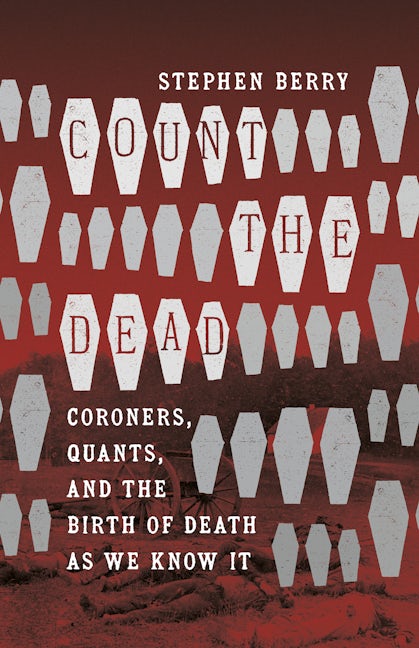We know about these cases because they generated a legal record. Whatever the wishes of inquest juries who came back with cause of death “unknown,” they set legal wheels in motion, and there is no statute of limitation on murder. The enslaved man Peter was stoned to death by Caleb Watkins. The enslaved man Randal was beaten to death by Alfred L. Hughes and Sebourn Randolph. All these men are dead. True justice may never be done, but justice never sleeps, and there is a final justice in naming names.
Our problem is that we cannot know how many masters, overseers, drivers, and random whites killed in the breech of the Old South’s “quasi law” against murder. The documentary record is too fragmented. We know only that the coroner was legally obligated to investigate every case. In her WPA interview, Mittie Freeman remembered the coroner as “that fellow that comes running fast when somebody gets killed.” The coroner is mentioned in many of the most famous slave narratives, including those by Henry Box Brown and William Wells Brown. In his own Narrative, Frederick Douglass tells the story of an unnamed slave girl whose mistress “pounded in her skull” with a piece of firewood because she allowed the baby to wake the household. “I will not say that this murder most foul produced no sensation,” Douglass later wrote. “It did produce a sensation. A warrant was issued for the arrest of Mrs. Hicks, but incredible to tell, for some reason or other, that warrant was never served, and she not only escaped condign punishment, but the pain and mortification as well of being arraigned before a court of justice.” Douglass was right about the coroner’s office: there actually was a subtle game of community standards going on. Standing over the body of an enslaved person and surveying the grim damage, a coroner’s jury was often perfectly comfortable recommending that a white be indicted and the enslaved be allowed to testify. The jury nullification came later, in the courtroom, when the mangled corpse was not actually present and the murderer was let off. By then the perpetrators had been held up to public scrutiny. Their judgment and decency had been questioned publicly and legally—but they hadn’t been held to any real account.
And this is the point: the essence of any counting system is its accountability; the essence of any “dis-counting” system is its corruptibility. In the antebellum South, the coroner acted as the bureaucratic pinch point in a death-investigation process so deeply and purposely flawed that we have to squint to ascertain what was actually going on. The office functioned to screen slaveholders from any real accountability while also giving them the power to police their own and punish poor whites.
